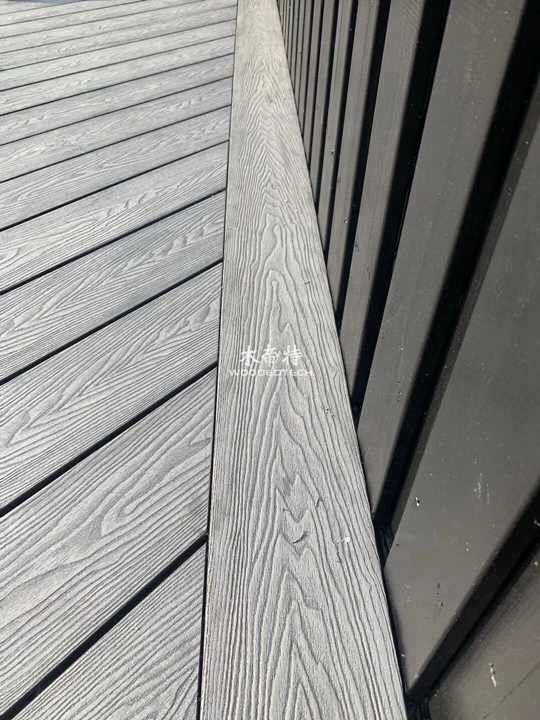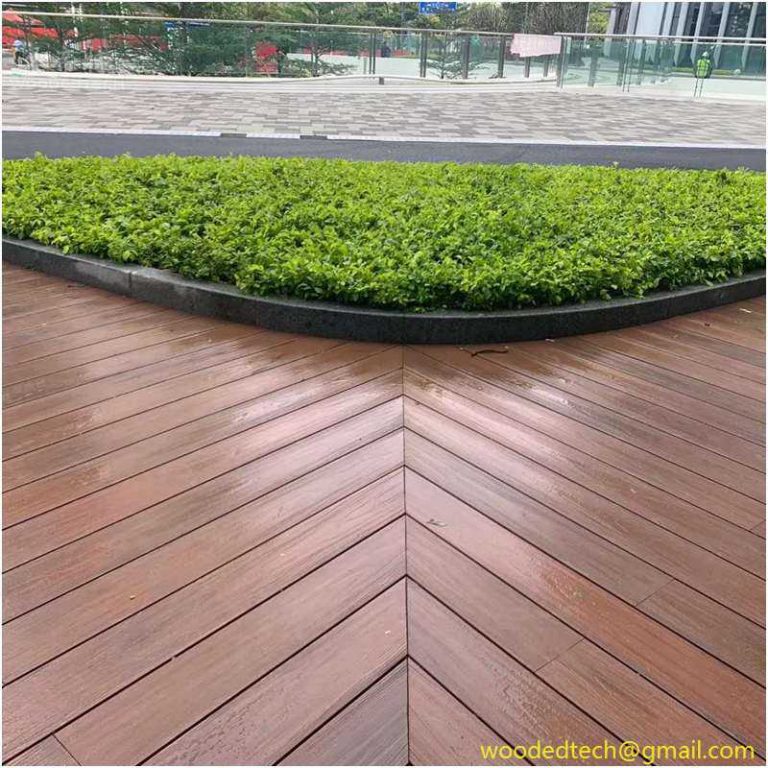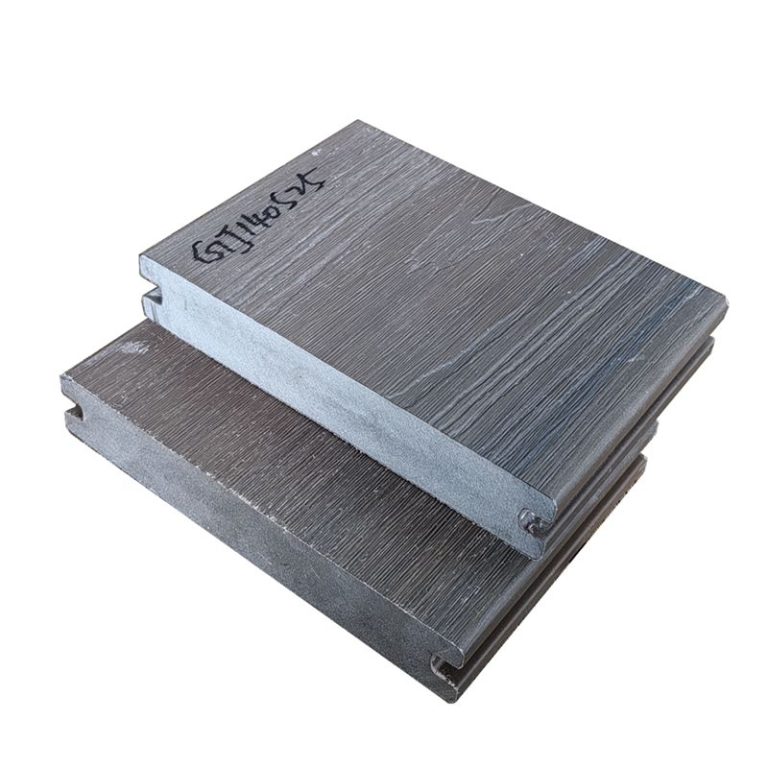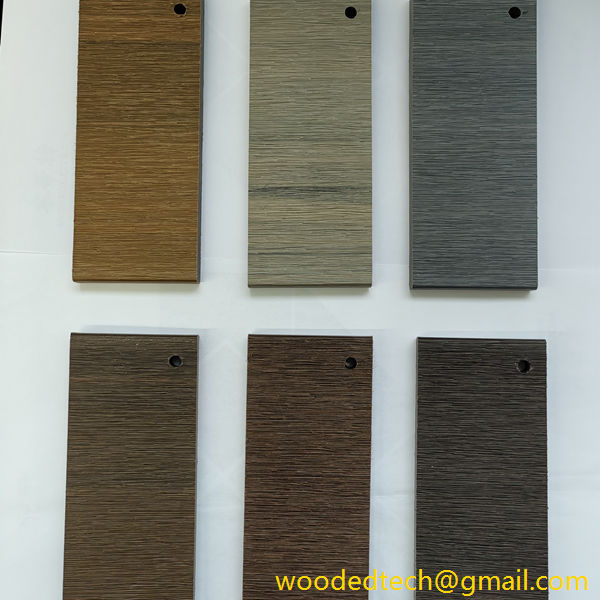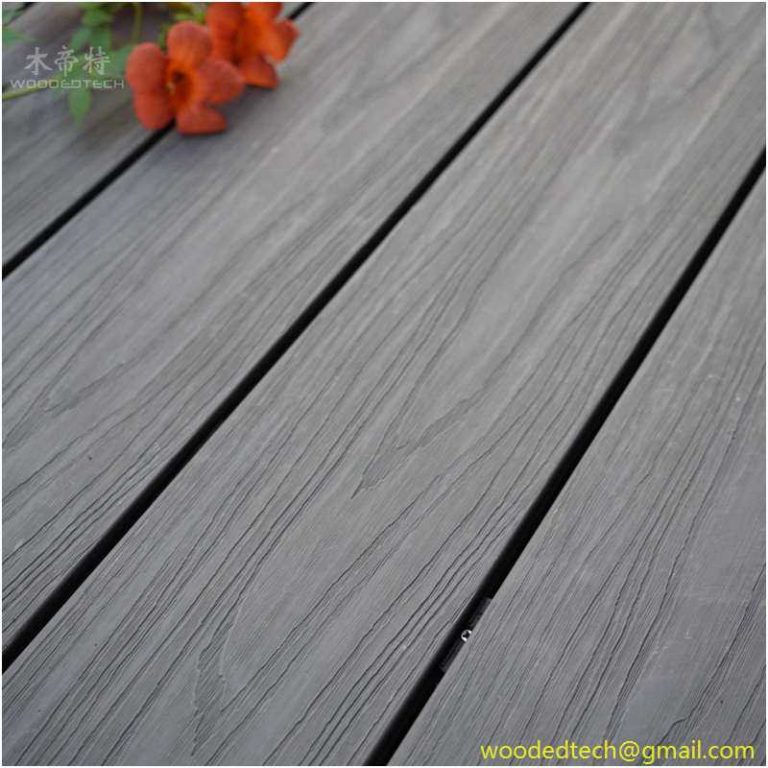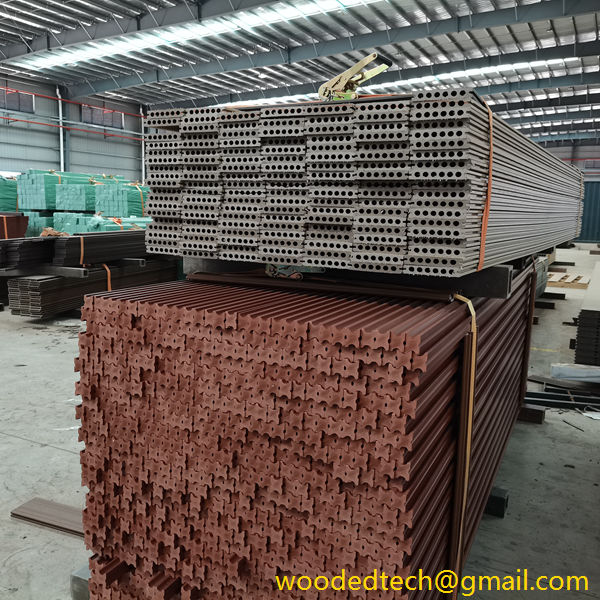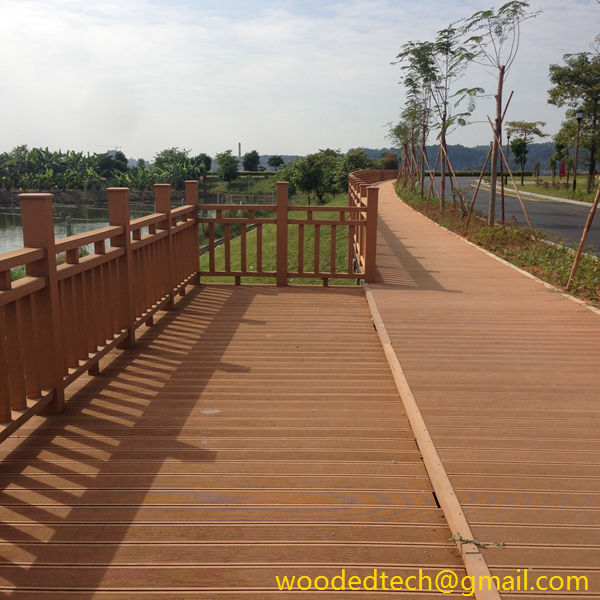The first thing to pay attention to when installing WPC decking or plastic wood co-extrusion flooring: seamless installation (or tight seam installation)
The first thing to pay attention to when installing WPC decking or plastic wood co-extrusion flooring: seamless installation (or tight seam installation) As an old man who has been working in the plastic wood industry for more than ten years, I have some understanding of the upstream and downstream chains of plastic wood materials. I…
The first thing to pay attention to when installing WPC decking or plastic wood co-extrusion flooring: seamless installation (or tight seam installation)
As an old man who has been working in the plastic wood industry for more than ten years, I have some understanding of the upstream and downstream chains of plastic wood materials. I don’t know much about it, but I can still have a comprehensive grasp of many basic things.
In terms of material properties, thermal expansion and contraction are a property that all materials have. We can easily distinguish which of the common materials such as wood, metal, stone, and plastic has greater thermal expansion and contraction. This This is what daily life experience tells us.
The thermal expansion and contraction coefficients of metal, stone, and concrete are relatively small, and the basic expansion and contraction fluctuates at a ratio of less than one ten thousandth. Therefore, in daily life, we often find that such materials can be installed and used in a dense assembly method. However, when When building large buildings such as bridges, this expansion coefficient still needs to be taken into account in advance. Therefore, bridges often set up a transition area at a distance for the expansion and contraction of the bridge to avoid hidden dangers caused by stress concentration on the bridge.
The thermal expansion and contraction coefficients of products made of materials such as wood and plastic are one or two levels higher than those of metal and stone. Therefore, regardless of the size of the terrain used and the level of the construction project, a margin needs to be set in advance. Provides stress relief for thermal expansion and contraction.
The same is true for wood-plastic materials. Wood-plastic materials are classified into plastic products. For wood-plastic materials with good quality and excellent craftsmanship, their expansion and contraction is about two thousandths. During installation, you need to always pay attention to the expansion and contraction problem. However, many people in the market know very little about the basic properties of these materials. They use them based on their subjective preferences and like to use close-fitting methods for installation and use. Moreover, their projects often have two separate parties: material supply and installation. The supplier does not know how the customer installs and constructs, but the installation and construction team only installs according to the customer’s requirements and collects the money and leaves. In this case, scaling often leaves hidden dangers.
From the perspective of market development, the harm caused by this kind of dense splicing has gradually been known to the majority of market personnel and customers. Therefore, the dense splicing construction of fasteners that was very popular in the past has gradually been eliminated from the market. This is A more reasonable process.
The close-fitting installation method of plastic WPC decking is absolutely not allowed. Regardless of whether the length of the plastic wood floor is three meters or two meters, close-fitting means that after the plastic wood flooring is installed, all the six dimensions of the top, bottom, left, and back are tightly sealed. , and external climate conditions fluctuate, temperature differences, humidity differences, external trampling stress, etc. will produce various internal stresses on the plastic wood flooring. If it is densely assembled, this internal stress has nowhere to release, and it will inevitably be destroyed. The stress is released on the adjacent floor or keel, so the horizontal flatness is often damaged, tilted, etc. In severe cases, the entire keel underneath is even pulled up.

